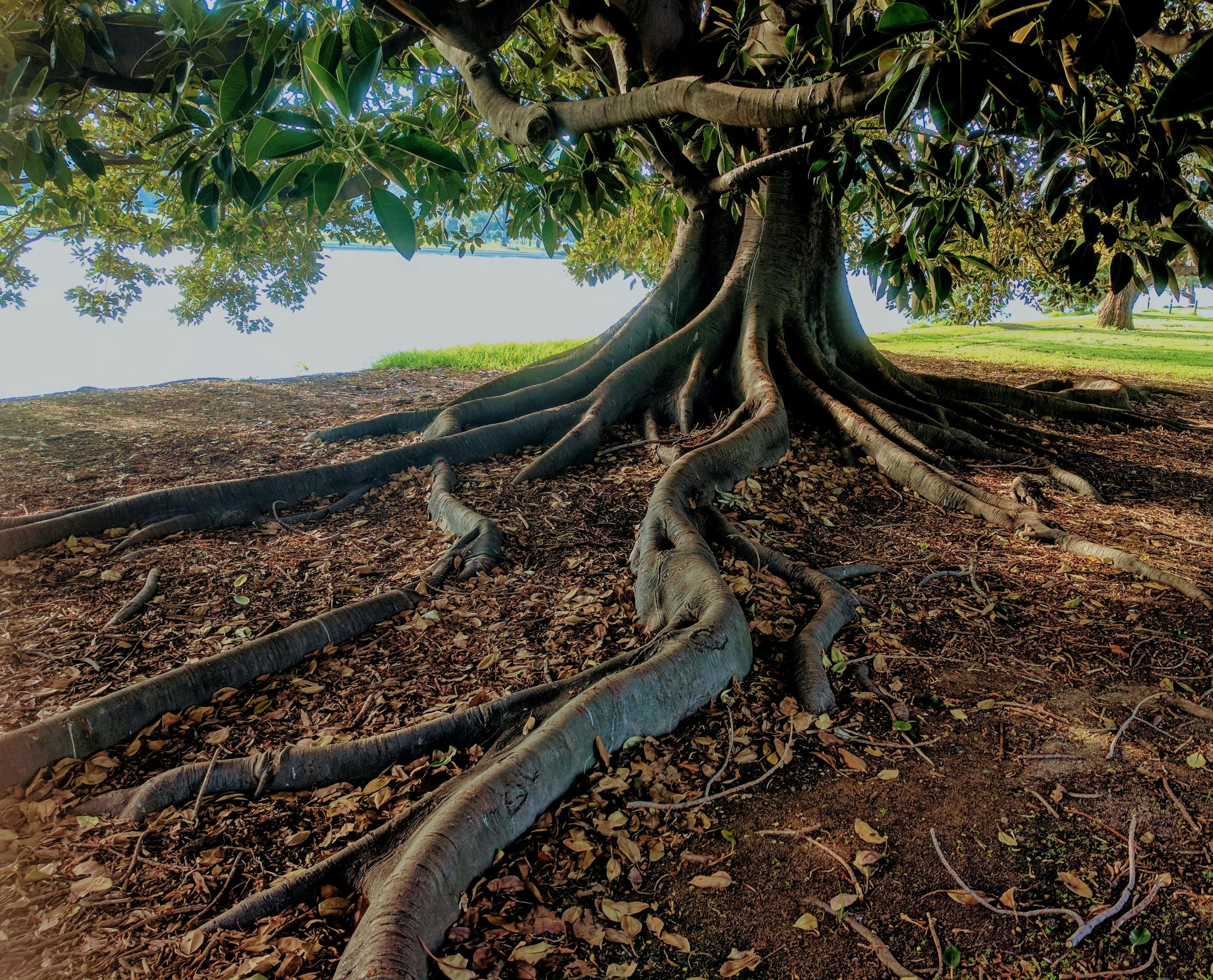Lladró – A Porcelain Wonder
Humble beginnings
The first Lladró figures date back to 1953 in a small workshop in the rural town of Almácera, Spain, near Valencia. Three brothers: Juan, José and Vincente Lladró founded the company. In addition to the figures that now define the company, the brothers made decorative jugs, vases and plates. A Vocational Training School, the Porcelain City Grant Center, was founded in 1962 to train the next generation of artisans.
International expantion
Starting in 1965, the company expanded beyond Spain when North Americans traveling to Spain began importing the figurines. In 1988, the Lladró Gallery and Museum opened in New York City and distribution to Australia began. In 1997, a Lladró Center was opened in Beverly Hills on Rodeo Drive. The Venetian Hotel and Casino in Las Vegas saw a Lladró Center open in 1999. In 2000, Sydney Australia was the site of another independent Lladró Center.
Evolution logo
Changes to any logo are important to a collector because they help identify the age of a piece. At first, the Lladró brothers personally signed their work. These signatures were engraved. The first logo was a representation of the Greek sculpture called “Winged Samothrace”. As the company evolved and expanded internationally, the next logo was a stylized version of the bell, local to the region, along with an old chemical symbol and the Lladró name underneath. In the 1960s the word “Spain” was added. Brands during this time were standardized and influenced. The addition of the word “Spain” was precipitated by the increasingly important role that exports were playing for the company. In the 1970s, a trademark was developed; the familiar blue seal. In 1974, the accent on the “o” was added. In 1986, the chemical symbol and typeface were simplified. With this information, a collector can look at a piece and get an idea of its age.
Loyalty
From the beginning, Lladró understood the value of cultivating loyal customers. In 1985, The Collectors Society was created for customers to interact through company events and communications. At a variety of events, in various countries, more than 100,000 avid collectors continue to meet and share their passion. In 2001, a new membership level was introduced: Lladró Privilege and a more exclusive Gold level. For an annual membership fee, Lladró fans receive updates on the latest company news and are invited to participate in social and cultural events at venues around the world. In 2005, Lladró sponsored a team in the 32nd America’s Cup sailing regatta. Privilege Gold members were invited to join a VIP ship, have access to team headquarters, and more behind-the-scenes perks.
Forgeries
Pay attention to the markings. If they are not in line with the evolution of the logo, it may be false. Lladró figurines are known for their unique facial features. It is one of the attractions of these collectibles. The authentic Lladrós do not use black to outline eyes, eyebrows and eyelids. If these areas are outlined in black, it is likely a fake. The company also launched a more modest line called Nao, not to be confused with the Lladró line.
Most valuable
Fewer matte glazes were produced, so they are more valuable. Very early, Lladrós (1950-1970) had a creamy finish and had high prices. From the beginning, the company understood the importance of creating limited editions and retiring designs, creating a shortage that increases value. In 1982, The Sculptures series was introduced but with very few produced again increasing in value.
Hurt
Any damage greatly reduces the value. Look for damage to any of the protruding areas (hands, arms, etc.) or the delicate flowers.
Finishes
Lladrós is sealed with one of three finishes: a high-gloss finish, matte enamel, and “stoneware.”
Museums
The importance of Lladró craftsmanship is evident in the fact that Lladró creations are included in the permanent collections of the Royal Museum of Art and History in Brussels, the Hermitage Museum in Saint Petersburg, Russia and the Museum of Modern Art in Santo Domingo Dominican Republic.
Lladró today
From the small workshop in a rural town, the company has expanded to more than 2,000 people who work for the company today. Lladró fine porcelains are sold in more than 100 countries in more than 4,000 points of sale. Retired Lladrós can be found on eBay and in antique stores.
